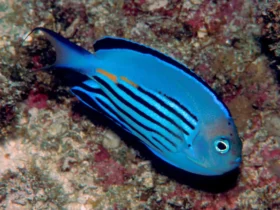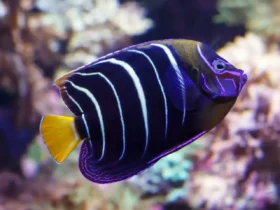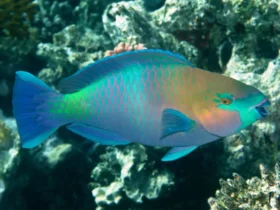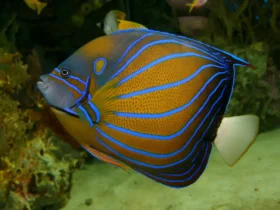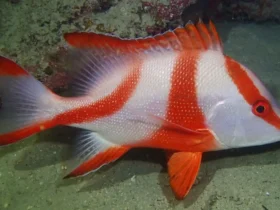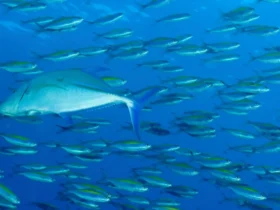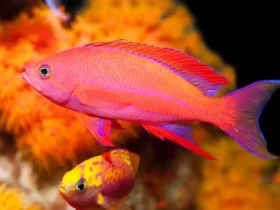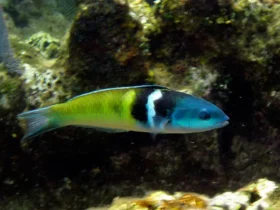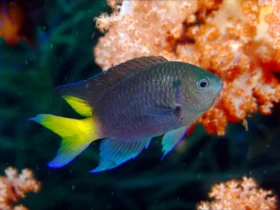In the darkest depths of the ocean, where light barely penetrates, lurks a creature that could easily be mistaken for a creature from a science fiction movie. The Viperfish, scientifically known as Chauliodus sloani, is a fascinating and mysterious species that resides in the depths of the world’s oceans. Its bizarre appearance, unique adaptations, and predatory prowess make it a captivating subject of study. Join us as we delve into the depths to uncover the secrets of the enigmatic Viperfish.
Appearance and Adaptations
The Viperfish is a deep-sea dweller that belongs to the family Stomiidae, commonly referred to as dragonfish. It has an elongated and slender body that can grow up to 12 to 24 inches in length. What makes the Viperfish truly distinctive is its impressive set of teeth. Its mouth is filled with long, needle-like teeth that are so large they extend beyond its jawline. The fang-like teeth are angled inward, giving the Viperfish a menacing appearance that is reminiscent of a viper, from which it derives its name.
The Viperfish’s unique teeth serve a crucial purpose in its deep-sea habitat. As an ambush predator, it relies on its large mouth to engulf and trap unsuspecting prey. Its teeth are so long that the Viperfish is unable to close its mouth fully. Instead, the upper jaw is equipped with small hooks that prevent prey from escaping once caught. This adaptation allows the Viperfish to secure its prey efficiently in the darkness of the deep sea.
Bioluminescence and Camouflage
In the pitch-black depths where the Viperfish resides, the ability to generate light becomes essential for survival. The Viperfish is bioluminescent, possessing specialized light-producing organs known as photophores along its body. These photophores emit a faint, greenish-blue light, which helps the Viperfish attract prey and potentially communicate with others of its kind.
To further enhance its stealthy hunting strategy, the Viperfish has developed excellent camouflage. Its dark body coloration helps it blend seamlessly with the surrounding darkness, making it nearly invisible to both predators and prey. The Viperfish’s coloration also acts as a form of countershading, with a darker back and a lighter underside. This adaptation helps to obscure its silhouette when viewed from above or below.
Feeding Habits and Predatory Behavior
The Viperfish is an apex predator, adept at hunting in the extreme depths of the ocean. With its large mouth and formidable teeth, it can capture prey larger than itself. Its diet primarily consists of smaller fish, crustaceans, and cephalopods, such as squids.
To capture its prey, the Viperfish employs an ambush strategy. It remains motionless in the water, relying on its camouflage and bioluminescent lure to attract unsuspecting victims. Once prey is within striking range, the Viperfish launches itself forward with remarkable speed, engulfing the prey whole. The combination of its swift attack and specialized teeth ensures a successful capture.
Habitat and Distribution
The Viperfish is found in all major oceans, inhabiting depths ranging from 500 to 5,000 feet (150 to 1,500 meters). Its preferred habitat is the twilight zone, the part of the ocean where sunlight starts to fade, and darkness prevails. The deep-sea environment provides the ideal conditions for the Viperfish, with its low temperatures and high pressures.
